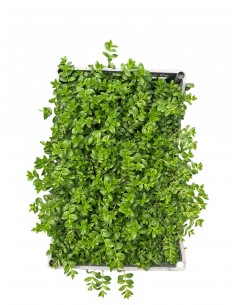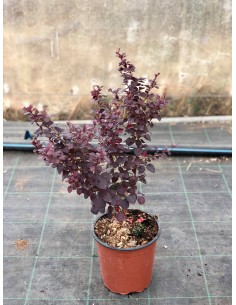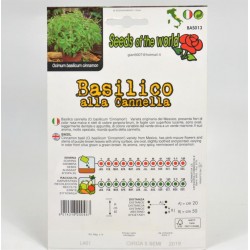Bignonia Ricasoliana Plant, Vase 7cm
Generalities Plant Bignonia Ricasoliana:
The Bignonia Ricasoliana is a climbing plant grown for ornamental purposes in pots on the terrace of the house, in the garden close to walls, near gazebos or pergolas. It is an evergreen climbing plant of the Bignoniaceae family native to South Africa, widespread in all areas characterized by a Mediterranean climate. In Italy it can be grown externally in the Ligurian Riviera, south of Lazio, in the southern regions and in the coastal areas for its resistance to salt. The plant is characterized by rapid growth, in a short time, it can exceed 3 meters in height.
Online Sale of Bignonia Ricasoliana Plant, available in the following formats:
- Vase 7cm, Height 5 / 15cm
Online Sale of Bignonia Ricasoliana Plant, available in the following formats:
- Vase 7cm, Height 5 / 15cm
Generalities Plant Bignonia Ricasoliana:
Bignonia Ricasoliana has cylindrical, thin and variously branched stems that from semilegnosis at the base gradually tend to become herbaceous in the apical areas and, for their entire length, are covered with a rich and decorative foliage. The leaves, pinnate - lanceolate, are dark green in color and persist on the plant even during the winter if the cultivation environment is the right one. The large, fragrant and very decorative flowers have a bell-shaped shape and are gathered in apical racemes (5-7), pink in color with slight reddish-purple veins inside the jaw. The flowers are sometimes confused with those of Pandorea, another variety belonging to the same family. The oval-shaped fruits appear after flowering and contain small dark seeds inside them. Bignonia blooms profusely from June to September. In regions with cooler climates, flowering can delay for a few months and be sparser.
Cultivation and Care of the Bignonia Ricasoliana Plant:
Bignonia loves sunny places for many hours a day well sheltered from the wind. The plant fears the night frosts typical of areas with too harsh winter weather. It prefers the heat while it can not stand the minimum temperatures below -5 ° C. While adapting to any type of soil, it prefers non-calcareous, mixed, fertile and above all well-drained soils. water regularly in the spring - summer period especially if it is a young plant. In winter, watering should be done only when the soil is completely dry. From spring to autumn, administer specific fertilizer for flowering plants diluted in the irrigating water every 20 days.























